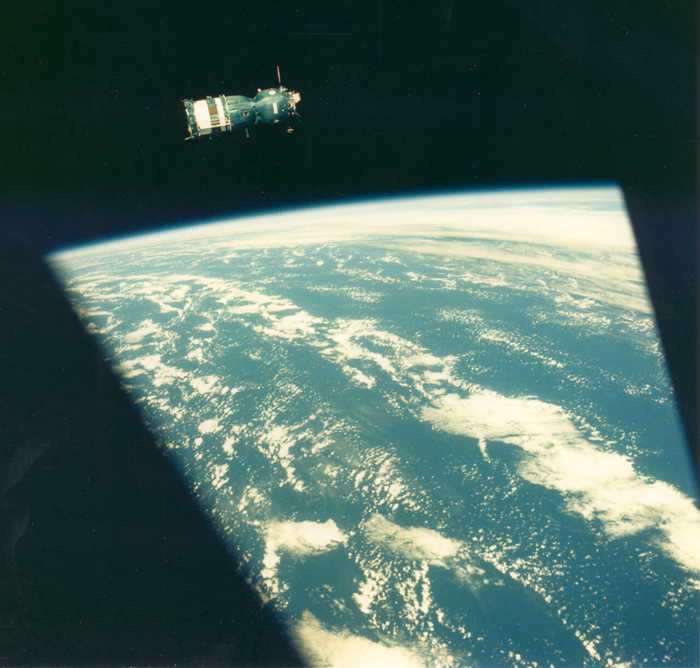
Satellite+Photo+of+Earth+by+NightB.jpg)
To see current Starlink internet availability around the world, and if it's available where you are, Starlink has an interactive map (opens in new tab) detailing locations where Starlink internet is available, which areas are on the waitlist as well as areas that are "coming soon". If you want to see where all of the Starlink satellites are located in real-time check out this Starlink map (opens in new tab) showing the global coverage of each Starlink satellite as well as information on how many are currently in service, inactive or have burned up in Earth's atmosphere. Our list of the best stargazing apps may help you with your Starlink viewing planning. To find out when you can see a Starlink satellite near you, check out this Starlink locator website (opens in new tab) that details when and where to look for your next Starlink viewing opportunity. Related: Starlink satellite train: How to see and track it in the night sky Starlink satellites are easier to see a day or two after their launch and deployment then become progressively harder to spot as they climb to their final orbital height of around 342 miles (550 km). The satellites can appear as a string of pearls or a "train" of bright lights moving across the night sky. You don't need any special equipment to see Starlink satellites as they are visible to the unaided eye.

This show is not welcomed by all and can significantly hinder both optical and radio astronomical observations. Starlink satellites orbit approximately 342 miles (550 kilometers) (opens in new tab) above Earth and put on a spectacular show for observers as they move across the sky.

(Image credit: MARIANA SUAREZ/AFP via Getty Images) (opens in new tab) Long-exposure image showing a train of Starlink satellites passing over Uruguay on February 7, 2021.


 0 kommentar(er)
0 kommentar(er)
